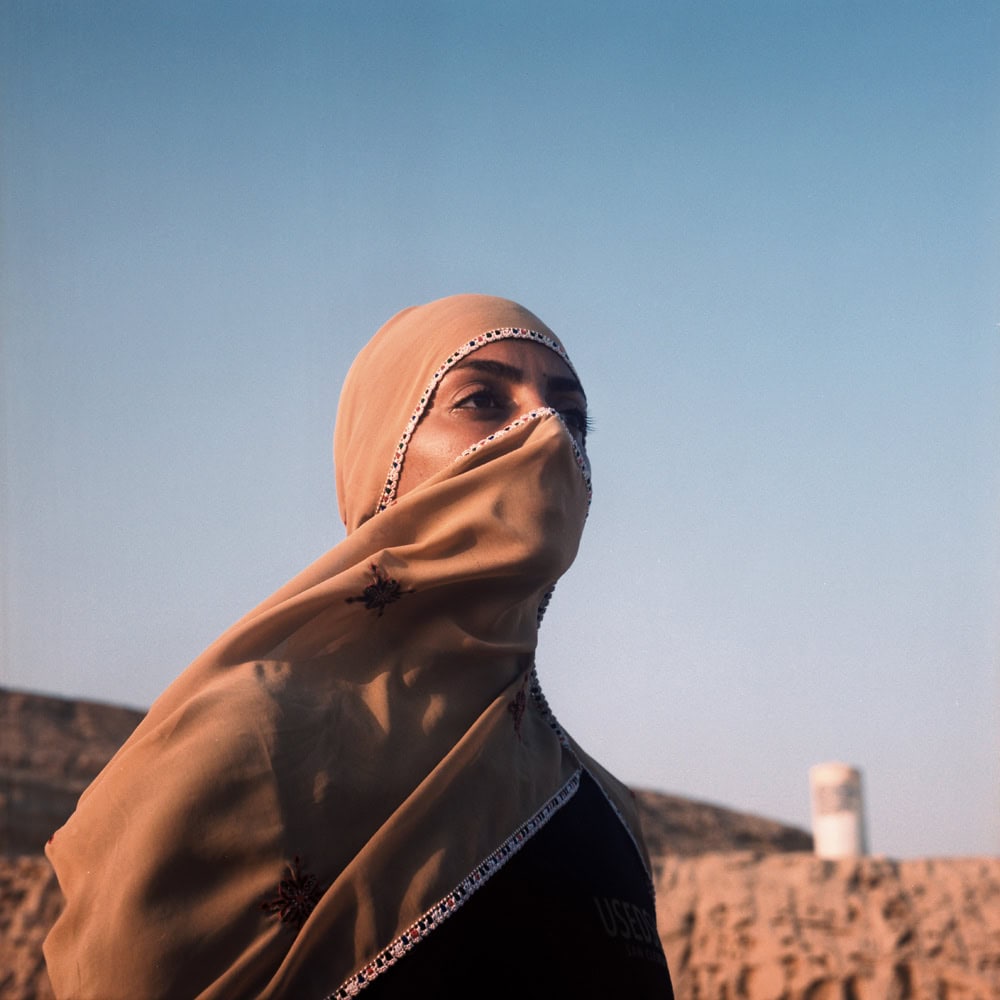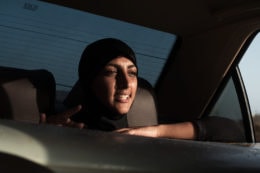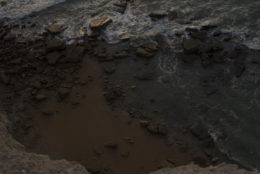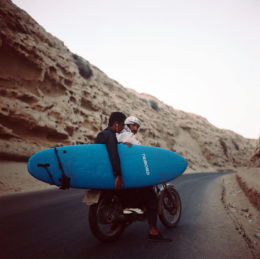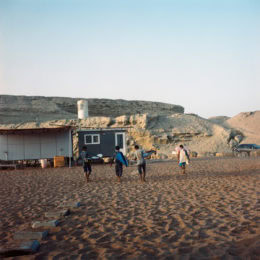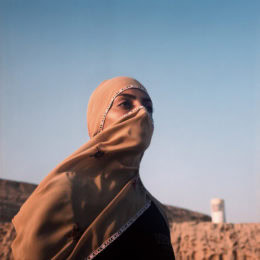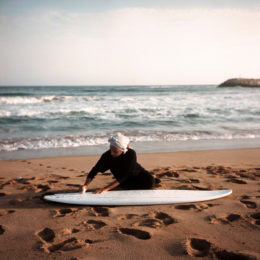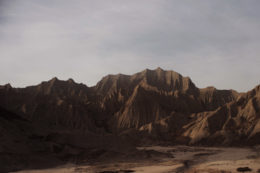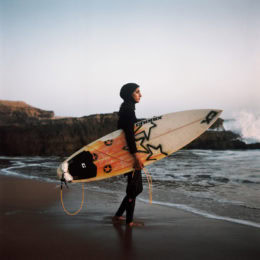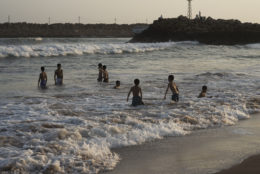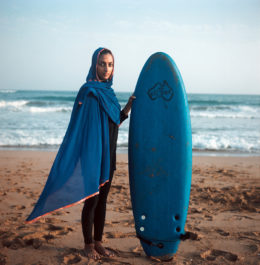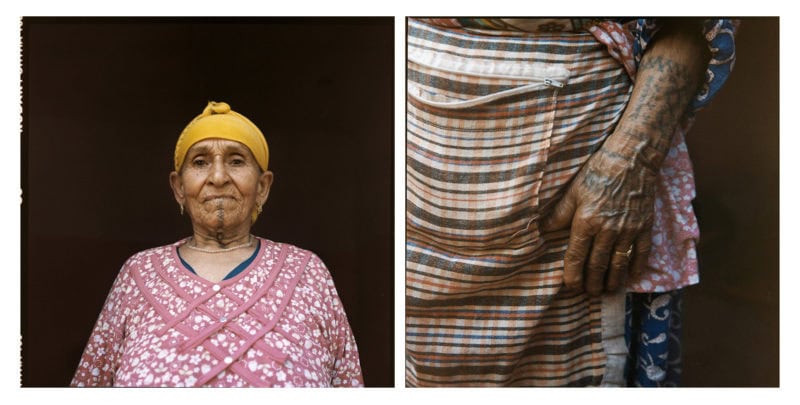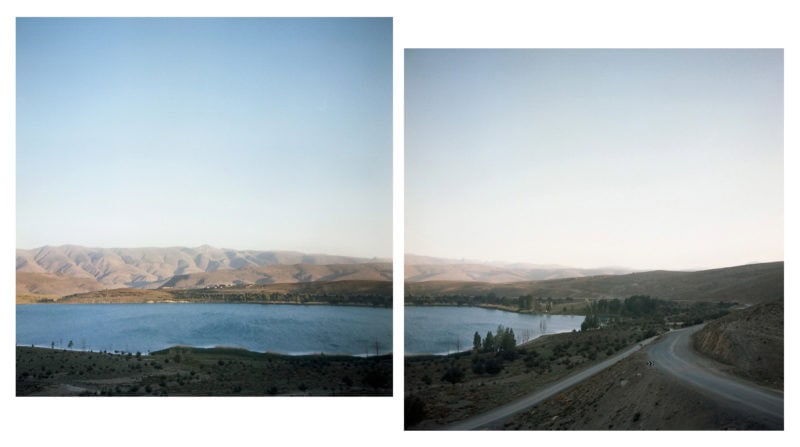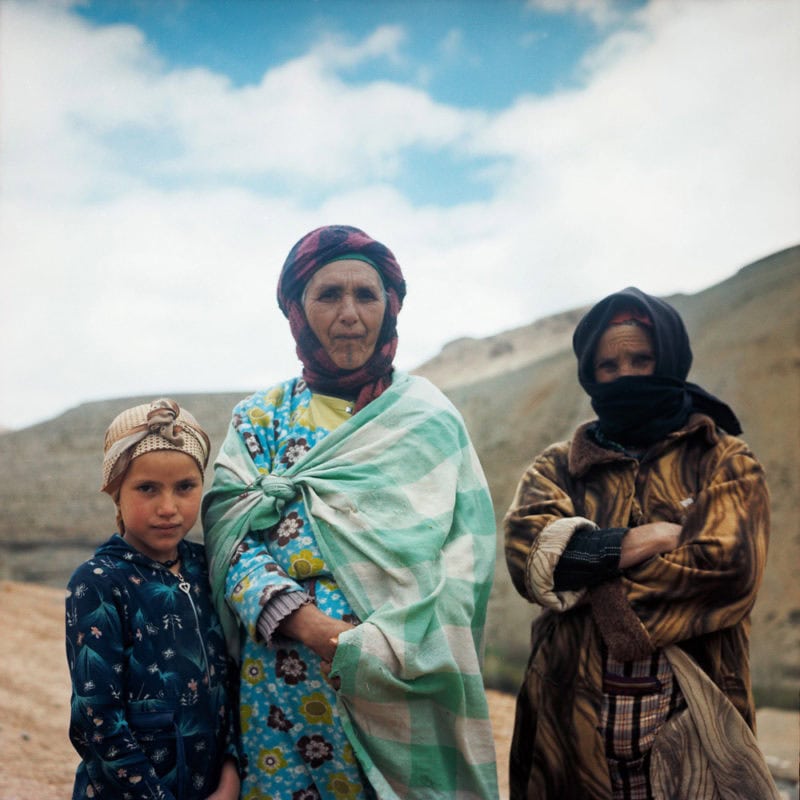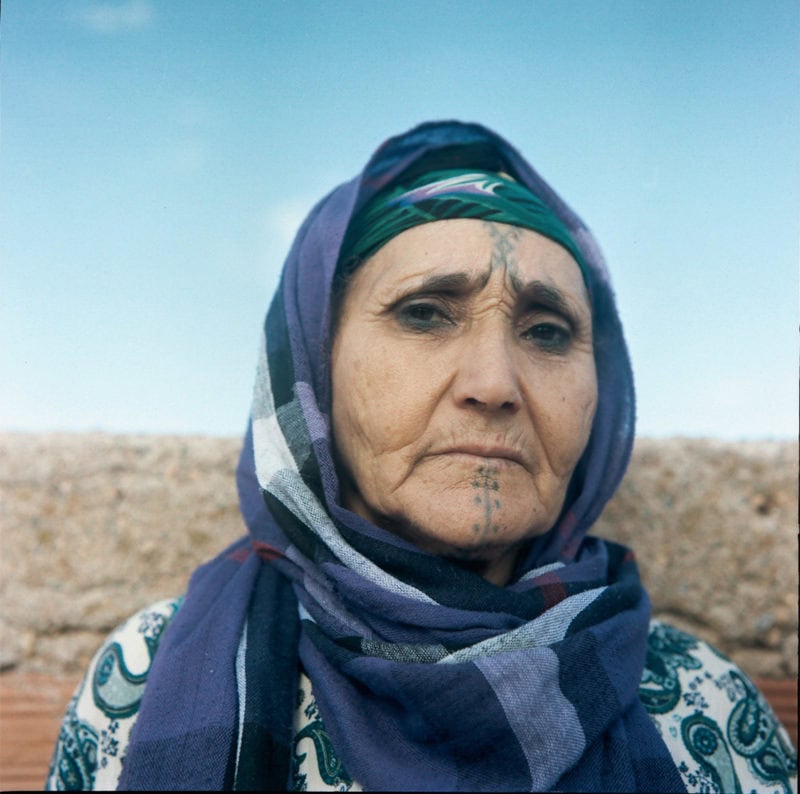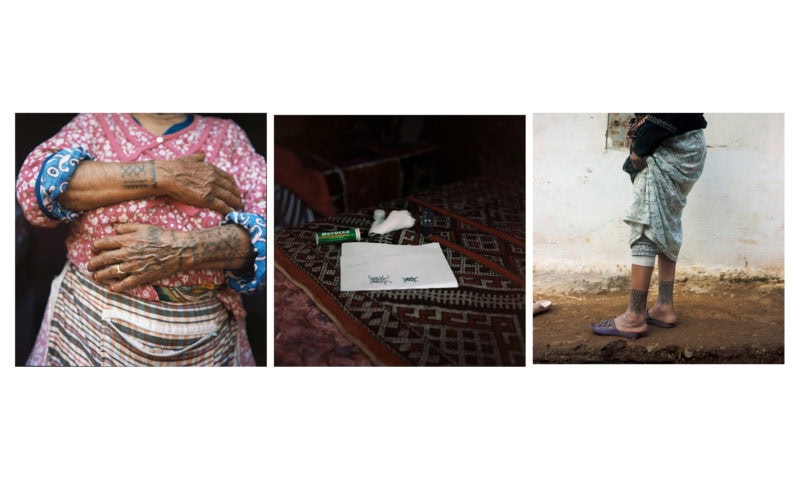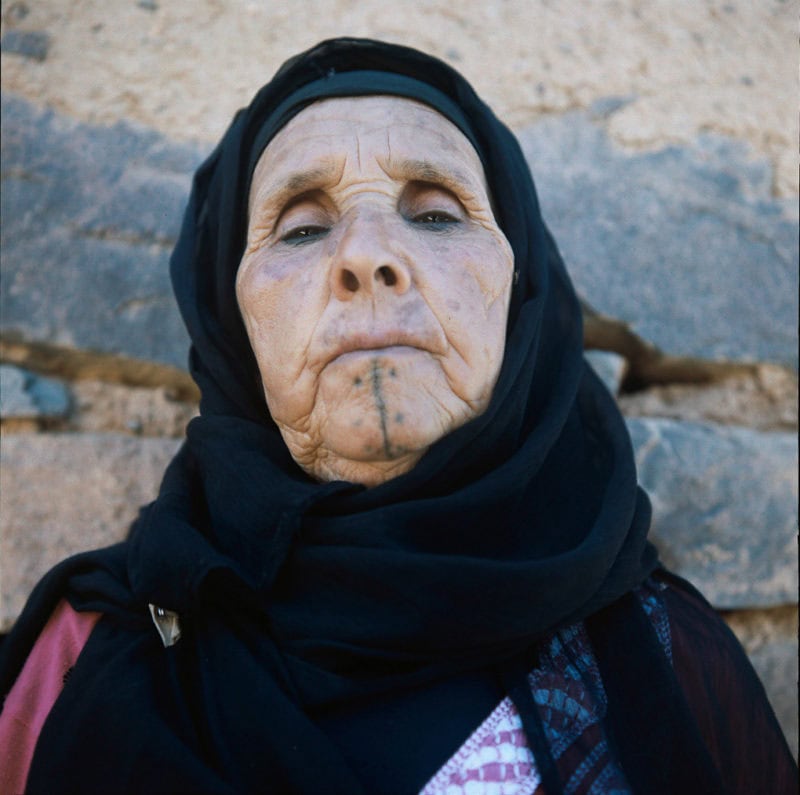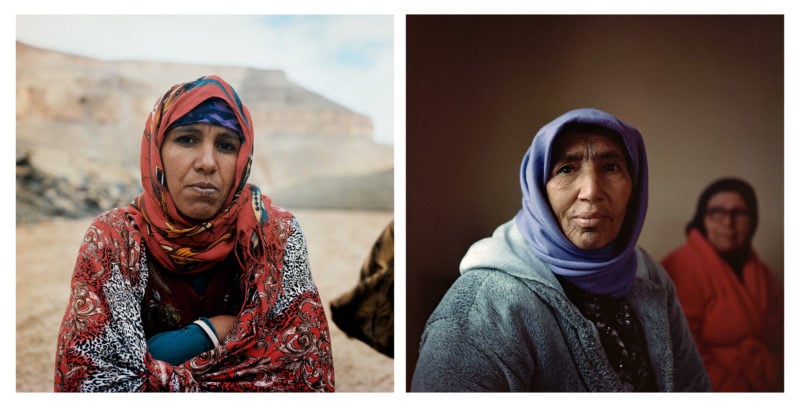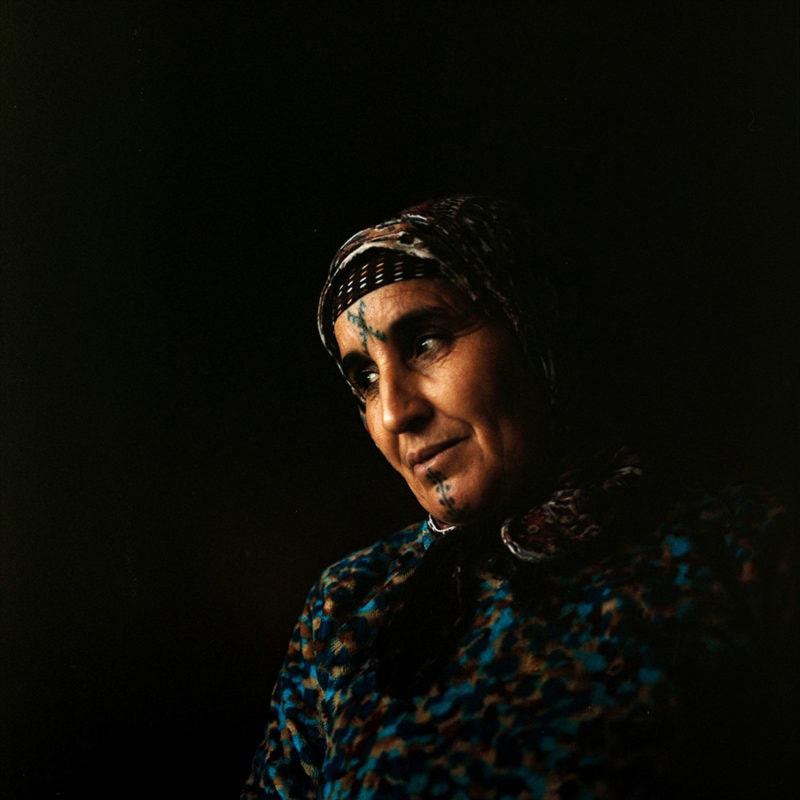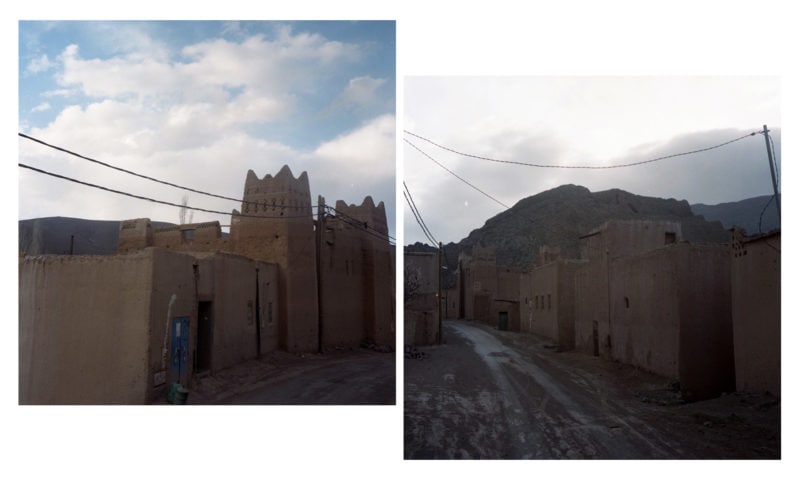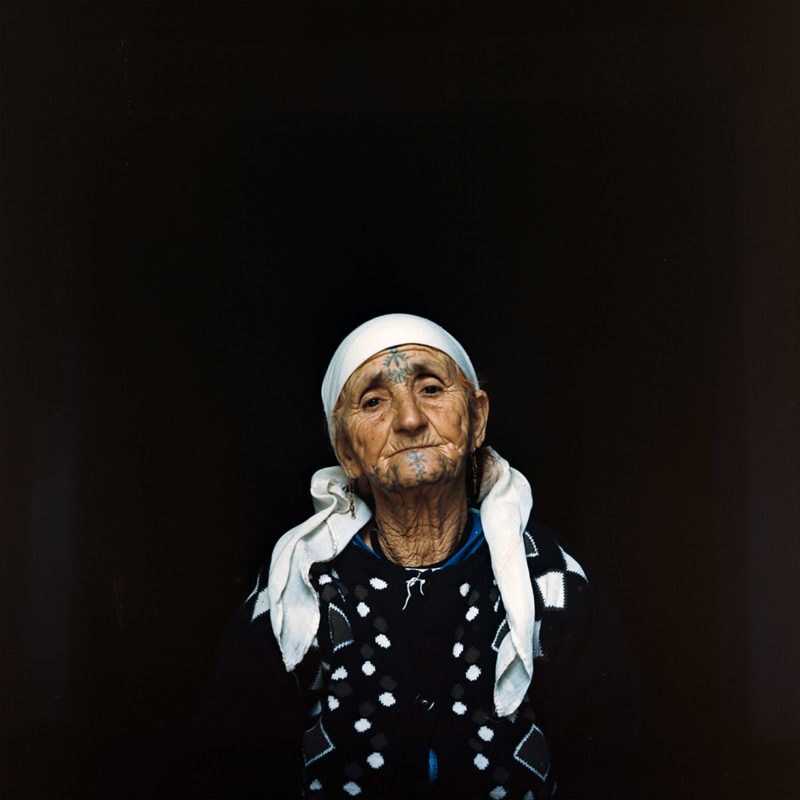Maria Teresa Salvati presents photographers seen through their intimate and personal motivation, their Spot of Beauty.
Giulia is a visual anthropologist and documentary photographer focusing on themes such as womanhood representation, youth and inter-generational relationship in the MENA region.
Photography and storytelling becomes both a tool to understand other peoples’ relationship dynamics and to pursue an intimate research. The need for traveling, finding hidden stories and entering strangers’ life becomes the metaphor through which exploring familiar situations and feelings.
Strong and determined women are often the protagonists of her stories; she’s attracted to women keen on fighting the disadvantages of their ethnical background or their social and gender limitations, for a better social outcome and freedom for them and their community.
Her stories take shapes through a gentle and genuine approach; portraits and scenes of everyday life are dictated by the slow pace of the analogue medium format film. The Rolleiflex has always been the partner of both the emotional and the real expeditions.
Positivity and the unexpected are at the core of her stories, with the aim to marvel the viewer and to break any possible stereotypes of representation. But behind the astonishment of the marvellous for far away destinations, the author treasures an aim: putting together pieces of other women lives and making them alive is a way to clarify her own personal narrative and origins.
Surfing Iran
Shahla Yasini is the first woman who ever surfed in Iran. Diver and lifeguard, Shahla has always had a strong connection to water especially to the Indian Ocean. However, she would have never anticipated that in 2013 the professional Irish Surfer Easkey Britton would extend her the invitation of being among the first women team surfing in that same Indian Ocean. Partnered with another Iranian athlete (Mona Seraji) Easkey and Shahla found the perfect surfing spot in the beach of Ramin, a stretch of sea near a harbour with good waves throughout the summer. Back then, they didn’t know they were about to pioneer something that would change history for the Iranian youth.
Surfing Iran is a photo story narrating a revolution lead by an Iranian woman which witness the arrival of an unimaginable sport for Iran, a mostly desert country. Surfing in Iran steps in as a wave of fresh air trying to find a space in a country tore apart by its political and social conflicts. Surfing in Iran carries within its waves the desire of a generation for opening up to the world against the power of religious traditional beliefs. Surfing Iran is a social revolution, which uses sport as an integration and liberation tool, seeking for a better future.
Politically and geographically closer to Pakistan then Terhan, Baluchestan region, the most impoverished and remote area of Iran, is the only place with potential to surf throughout the gulf.
It is here, indeed, on the beach of Ramin that the team of women start off their adventure and the whole story takes place. Luckily, although incredibly young, the emerging surfing scene is slowly finding its audience through social media exposure and word of mouth. Many young groups of Iranians from all over the country get on planes to come to Ramin and try walking on the waves and they are determined in making this sport becoming an empowering force and a tool for change for the Iranian youth.
C’est Haram
Haram is the Arabic word used to express the idea of an act which is forbidden by God and its usually associated with something impure and sinful. C’est Haram is a photographic journey unfolding the reasons behind the annihilation of the ancient Berber tradition of facial tattooing.
“C’est Haram” is then the answer that most of those women gave me when I asked them why was this tradition slowly vanishing and why young generation were denying and rejecting such cultural practice. Those women photographed, expressing different feelings towards their tattoos, are some of the last representatives of this tradition which is soon to be forgotten. The aim of this long term project seeks to understand and represents visually this shift in meaning, the reasons why this traditional tattoo has now become a shameful mark, a stigma, in conflict with the leading Arabic culture and the generational gap in perceiving the tattoo as a distinctive symbol of ethnic and cultural identity of a community.
